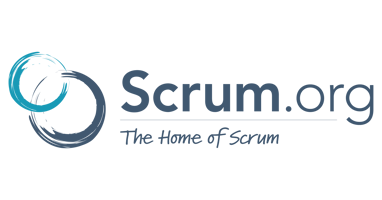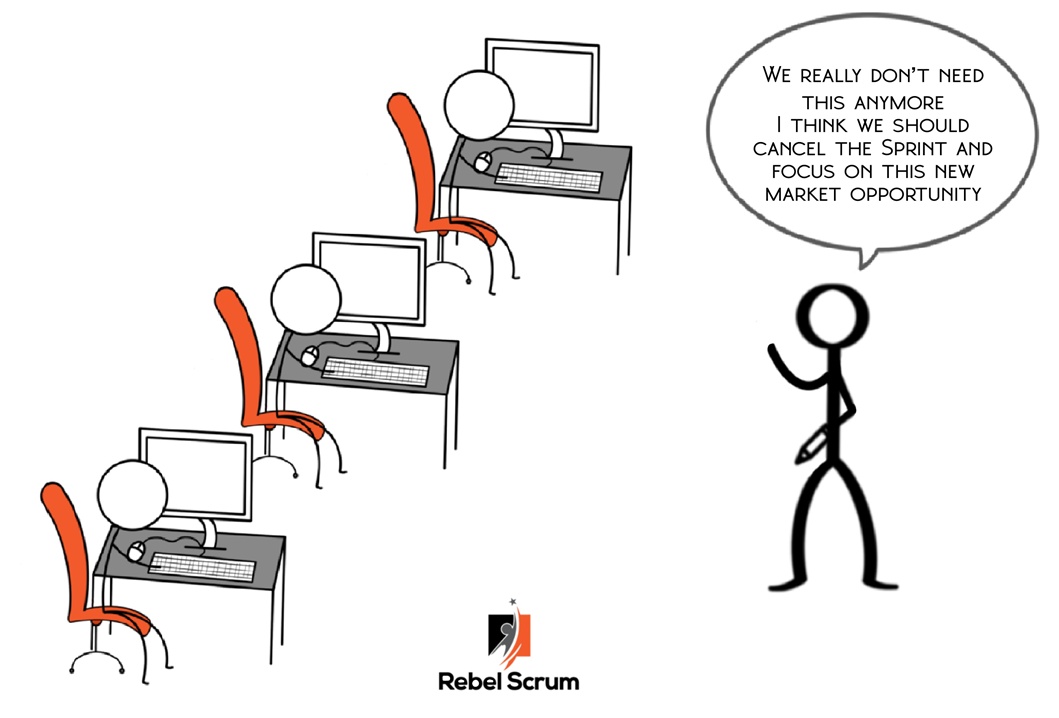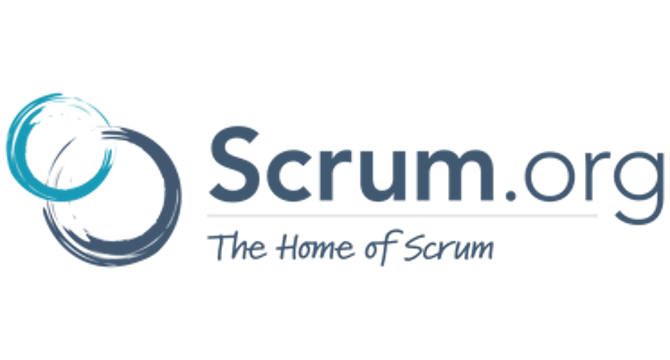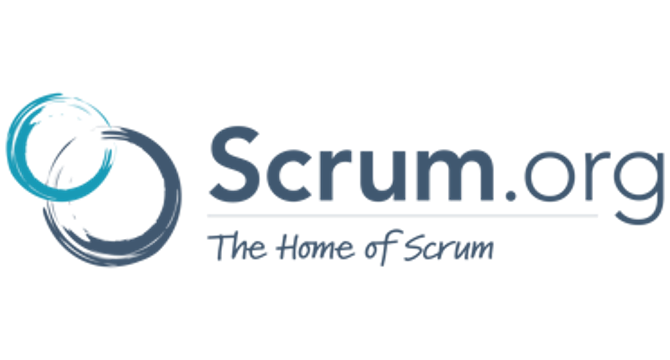Agile Methodology News
Medium
233
Image Credit: Medium
Most PMs stall. Here’s How to Keep Getting Better at Product.
- Product management involves a variety of challenges and responsibilities, often leading to a lack of focus on core product management skills.
- Amidst peripheral activities, dedicating time to 'Product time' is crucial for enhancing skills and staying relevant in the field.
- The author suggests practicing product management techniques through a new tool called MVPbrief, which aims to make product challenges more accessible and user-friendly.
- MVPbrief is designed to generate product challenges with scenario breakdowns, offering a valuable resource for both seasoned professionals and those new to the field.
Read Full Article
14 Likes
Medium
222

Image Credit: Medium
Why Burndown Charts Are a Bad Metric — And What Teams Should Track Instead
- Burndown charts, once intended as visual aids, have become a problematic scorecard for team success in agile work.
- The use of burndown charts as the primary metric distorts agile team qualities and can lead to negative practices.
- The pressure to maintain a clean decline in the burndown chart can hinder adaptability, collaboration, and incremental delivery within teams.
- Instead of obsessing over burndown charts, teams should focus on achieving sprint goals to truly reflect the spirit of agile work and prioritize outcomes over output.
Read Full Article
13 Likes
Scrum-Master-Toolbox
365

BONUS: Patrick James Lynch on Entertainment That Makes Change – Lessons in Product Thinking from Believe Ltd.
- Believe Limited, led by Patrick James Lynch, focuses on entertainment that creates change, inspired by his brother's hemophilia.
- Lessons for product managers include human-centered design, stakeholder alignment, and emotionally viable products.
- Patrick emphasizes the importance of thorough needs assessments and community understanding before product development.
- Collaboration with various stakeholders like patients and healthcare professionals requires careful orchestration and prioritization of goals.
- Human-centered storytelling is advocated as a core product strategy by Patrick, emphasizing real value over specifications.
- Believe Ltd. adheres to core values consistently, even when rejecting opportunities that don't align with their beliefs.
- Patrick emphasizes the balance between maintaining vision and incorporating community feedback for product development.
- Emotional viability, creating emotional connections through compelling stories, is crucial for product engagement.
- Capturing and maintaining attention is the primary challenge in current landscapes, requiring engaging products.
- Patrick suggests reading 'Save The Cat! The Last Book on Screenwriting You’ll Ever Need' for better storytelling about products.
Read Full Article
22 Likes
Medium
45

Image Credit: Medium
Why I Use a Gantt Chart for Agile Projects
- Kanban is commonly used in Agile development for workflow management and task visualization.
- Jeff Sutherland, the author of Scrum, criticizes Gantt charts as an illusion of predictability and advocates for Kanban.
- Despite starting with Kanban as a Scrum Master, the author found that stakeholders often requested Gantt charts, leading to their use as a complement.
- Over time, the author realized the necessity of Gantt charts in Agile development, explaining their usage and importance in this article.
Read Full Article
2 Likes
Discover more
- Programming News
- Software News
- Web Design
- Devops News
- Open Source News
- Databases
- Cloud News
- Product Management News
- Operating Systems News
- Computer Engineering
- Startup News
- Cryptocurrency News
- Technology News
- Blockchain News
- Data Science News
- AR News
- Apple News
- Cyber Security News
- Leadership News
- Gaming News
- Automobiles News
Medium
301

Image Credit: Medium
Did Not See That Coming
- Six months ago, Sales and Marketing collaborated on a strategy to attract new accounts with an annual subscription tier at a discounted rate.
- The CFO highlighted the overlooked downstream service costs during a finance review meeting, raising concerns about the sustainability of the pricing model.
- Leadership is now looking for a solution to address the pricing issue and maintain customer trust before renewals occur.
- The focus is on balancing the need to adjust the pricing model swiftly while ensuring customer satisfaction and protecting the product roadmap's funding.
Read Full Article
18 Likes
Medium
8

Image Credit: Medium
The Estimation Play: A Five-Act Tragedy in the Theater of Software Development
- The article discusses software estimation as a theatrical production titled 'The Estimation Process.'
- It highlights the challenge of providing precise estimates when facing uncertainty in software development.
- Meetings, interruptions, and fragmentation during the development process contribute to underestimated timelines.
- Estimates often become sacred artifacts that are used for judgment and control within organizations.
- The pressure to meet estimated timelines leads to inaccurate predictions and distorted decision-making.
- The disconnect between the reality of software development and corporate planning processes is emphasized.
- Theatrics in corporate environments often prioritize governance over creativity and agility.
- The article advocates for treating software development as exploration rather than an assembly line.
- It suggests making smaller bets, adaptive strategies, and prioritizing delivery following discovery.
- Ultimately, the focus is on empowering software teams to build effectively by rethinking the role of estimation in the process.
Read Full Article
Like
Medium
128

Image Credit: Medium
AI won’t replace Product Managers — but PMs who use AI will replace those who don’t.
- Product Managers who are integrating AI into their work, without relying solely on it, are progressing faster, questioning assumptions confidently, and having more time for strategic tasks.
- They are utilizing AI to enhance their judgment instead of automating it, allowing them to accelerate problem-solving processes and focus on driving the product forward themselves.
- The recommendation is to use AI as a tool and not as a replacement for critical thinking. Outsourcing insights, decision-making, or judgment to AI may detract from the meaningful aspects of product management.
- AI is seen as a facilitator to speed up tasks and analyze data, rather than a substitute for human-driven product development and decision-making processes.
Read Full Article
7 Likes
Medium
261

Image Credit: Medium
Infrastructure as a Product: The Key to Agile and Scalable IT
- Infrastructure IT needs to be reimagined as internal platforms to empower Agile product teams.
- Platform-product Target Operating Model aligns teams to long-lived digital products and shared capabilities via internal platforms.
- Infrastructure transition involves restructuring into dedicated platform product teams with automated, API-driven, and easy-to-consume platforms.
- Governance in an Agile TOM focuses on setting smart boundaries and achieving balance through federated governance, metrics, and mindset shift.
Read Full Article
15 Likes
Medium
24
Image Credit: Medium
“What a Toy Car Taught Me About Viral Growth and Product Positioning”
- An eight-year-old named Timmy tried to make his toy car, Zoomer 9000, popular among his friends but faced challenges initially.
- Timmy learned about Growth Loops and implemented strategies like creating content, introducing dance mode, and building levels to increase user engagement.
- By focusing on user engagement and product positioning, Zoomer 9000 transformed from a toy to a status symbol among kids.
- Timmy's understanding of growth and product positioning helped him achieve viral success with Zoomer 9000.
Read Full Article
1 Like
Scrum-Master-Toolbox
356

BONUS: Zach Goldberg shares how to build high-performing engineering teams and master the startup CTO role
- Zach Goldberg, author of The Startup CTO’s Handbook, shares insights on building high-performing engineering teams and mastering the startup CTO role.
- The Genesis of The Startup CTO’s Handbook started with Zach's realization of the gap between technical training and leadership skills needed for CTO success.
- Zach emphasizes the importance of continuous learning and developing curiosity for hard problems in effective CTO leadership.
- Identifying three critical CTO mistakes, Zach highlights the importance of prioritizing people decisions and balancing short-term survival needs with long-term technical goals.
- Successful startup CTOs focus on optimizing velocity by measuring developer experience and delivering features that provide real customer value.
- Zach introduces the Professional Skill Tree concept, where investing in one skill area means less time for others, emphasizing the importance of balancing skills for engineers transitioning to leadership roles.
- Balancing Kaizen with startup urgency involves paying down high-impact technical debt while consciously choosing which debt to prioritize for maintaining quality and speed.
- Zach highlights the power of audience empathy as a crucial communication skill for startup tech leaders to avoid the curse of knowledge and effectively engage with various stakeholders.
- Zach Goldberg, a seasoned technical entrepreneur and executive coach, helps engineering leaders build high-performing teams and founded Advance The World to inspire youth in STEM.
Read Full Article
21 Likes
Scrum
103

Image Credit: Scrum
How to Create an Inspiring Product Vision Video with AI
- A strong Product Vision aligns teams, inspires stakeholders, and guides decision-making.
- Using AI, one can create inspiring Product Vision videos that are short, strong, and easy to promote within an organization.
- Tools like Luma AI, Freepik AI, ElevenLabs, and Camtasia can be used to create such content.
- It is recommended for Scrum Masters and Product Owners to invest in learning how to leverage AI for creating impactful content.
Read Full Article
6 Likes
Scrum
116

Image Credit: Scrum
When to Cancel the Sprint
- A Sprint can be cancelled by the Product Owner if the Sprint Goal becomes obsolete, meaning it is no longer the highest priority goal due to changes in the market, opportunities, or technical understanding.
- Real-world examples of cancelling a Sprint include pursuing a new contract opportunity or realizing that the current goal is not technically feasible, prompting the need to regroup and plan anew.
- It is advised not to cancel a Sprint just because the team may not reach the goal on time. Learning from setbacks and adjusting efforts is crucial for understanding the team's capacity and improving its performance.
- If a Sprint is cancelled, teams typically try to stick to the original Sprint Review date but may adjust timelines, skip a review, or hold a discussion to inform stakeholders about the cancellation and future plans.
Read Full Article
6 Likes
Dev
344

Image Credit: Dev
Structured Story Points: Estimating Engineering Work with Clarity
- Structured Story Points aim to bring clarity to estimation by focusing on effort, complexity, uncertainty, and collaboration in engineering work.
- It emphasizes the importance of understanding the context behind estimates, moving away from just assigning numbers to considering complexity, uncertainty, and collaboration factors.
- Estimation breakdown is attributed to the lack of structure in reasoning about the work, where story points have turned into disconnected numbers rather than meaningful indicators.
- Structured Story Points replace guesswork with a structured approach, where teams answer four clear questions regarding effort, complexity, uncertainty, and collaboration to improve planning.
- Effort, complexity, uncertainty, and collaboration are the four key dimensions considered in Structured Story Points for evaluating work tasks.
- Effort is measured based on the focused, hands-on time required for the task, categorizing tasks into minimal, moderate, or painstaking levels.
- Complexity assesses the cognitive and technical challenge of the work, distinguishing tasks as simple, layered, or convoluted based on reasoning difficulty.
- Uncertainty evaluates the team's alignment in understanding the task, classifying tasks as clear, murky, or uncharted based on the level of clarity in requirements.
- Collaboration measures the coordination needed to complete the task, considering solo, paired, cross-team, or external involvement.
- Structured Story Points help teams have more accurate estimations, leading to predictable delivery, improved velocity, and strengthened trust between engineering teams and stakeholders.
Read Full Article
20 Likes
Scrum
58

Image Credit: Scrum
Making Strategic Tradeoffs with Clarity
- Concerns across organizations often revolve around tradeoffs like underutilization of embedded specialists, cost of decentralization, and standardizing work methods.
- Tradeoffs are necessary when optimizing for one strength means compromising on another, emphasizing the importance of defining organizational goals first.
- Creating Agile Organizations (CAO) offers tools like Value Chain & Value Stream Mapping, The Star Model, and Strategic Focus to identify capabilities, align elements, and make strategic decisions based on desired outcomes.
- Organizations should prioritize clarity on strategy and capabilities to make informed tradeoffs that align with their goals, ensuring design choices support their overarching strategy.
Read Full Article
3 Likes
Scrum
95

Image Credit: Scrum
Definition of Done - Objective vs Subjective
- Teams often confuse 'what' they're building and 'how' it aligns with objectives with objective quality criteria, leading to chaos in agility.
- In Scrum, Product and Sprint Goals provide directional clarity but remain subjective, while the Definition of Done (DoD) is an objective, non-negotiable measure of quality.
- Product and Sprint Goals in Scrum are aspirational and meant to guide teams strategically, while the DoD ensures professional-grade quality.
- The DoD is a benchmark for quality, ensuring every Increment is complete and meets the required standards.
- Establishing a solid DoD is crucial, and it should be either an organizational or product standard reflecting the intended quality.
- Common pitfalls with DoD include blurring subjective and objective criteria, overlooking automation, and treating it as a maximum rather than a minimum.
- Practices for defining Done include automating tests, regular reviews, training teams, and separating quality from approval processes.
- In conclusion, the DoD in Scrum is essential for maintaining quality, preventing technical debt, and building stakeholder trust.
- Keeping the DoD objective and focused on quality empowers teams to meet and exceed user expectations.
- The DoD should be periodically raised to improve product quality and professional-grade delivery.
- How teams define and enforce the DoD, and the challenges in distinguishing subjective goals from objective quality measures, are crucial aspects of successful implementation.
Read Full Article
5 Likes
For uninterrupted reading, download the app